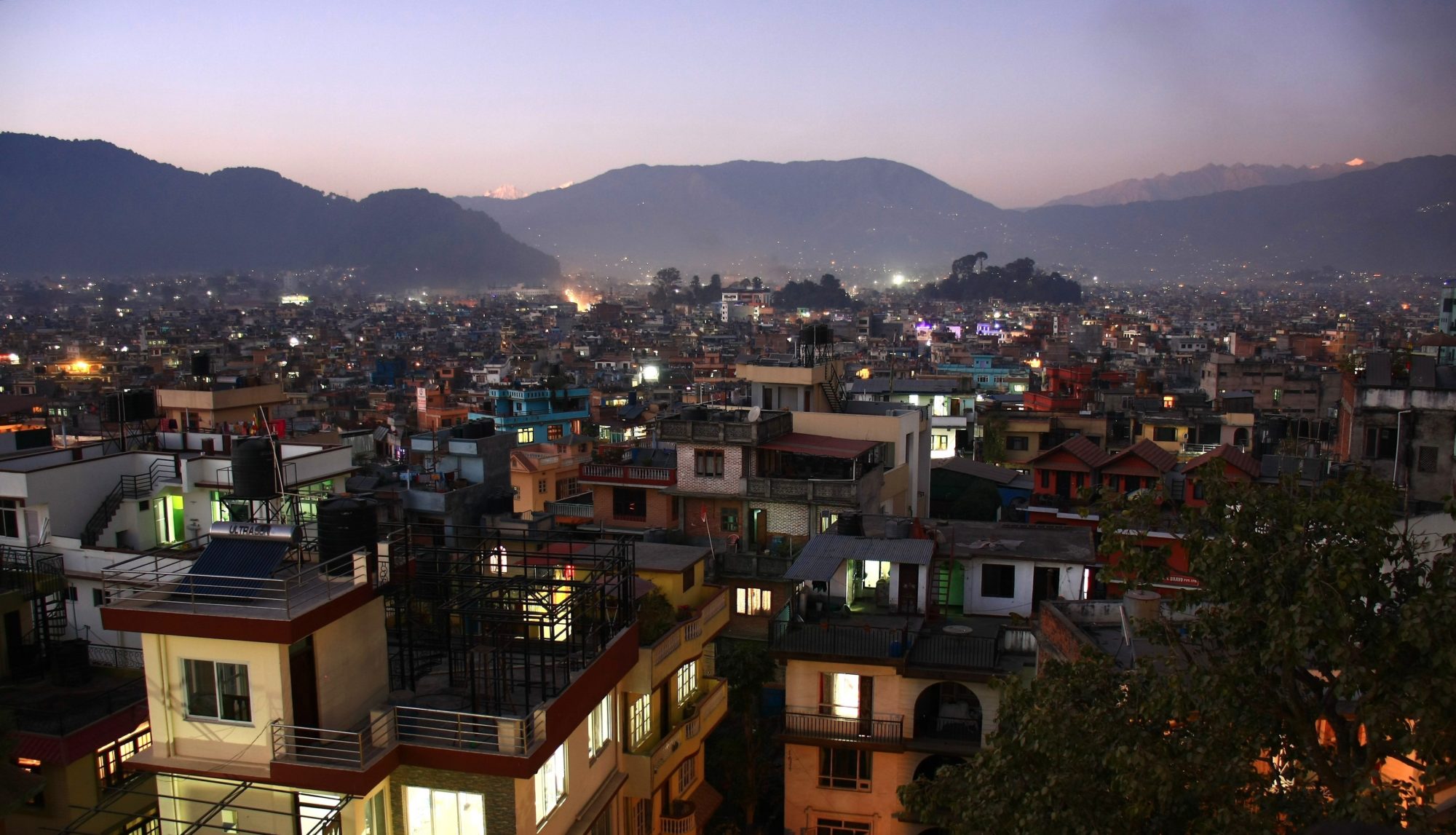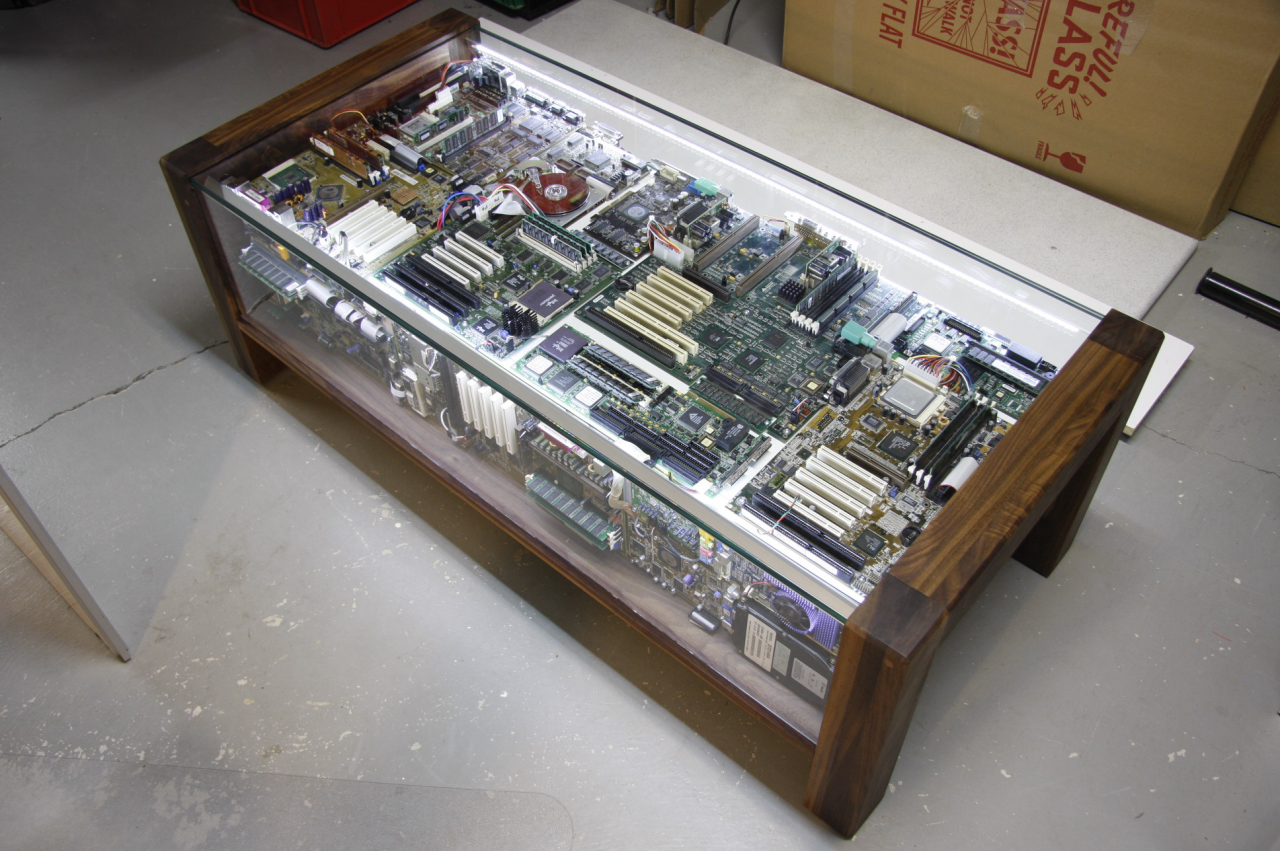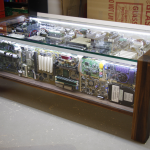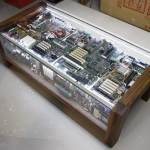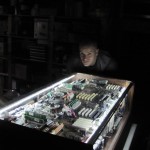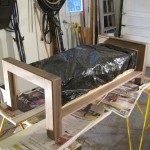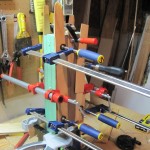I promise I will not make this post too long, especially since two weeks from the last month were thoroughly covered in the previous post, Saving the turtles.

Adios Tortugas
So I headed out of Parismina not alone, but with Ingemer, a Swedish guy who had been a volunteer at the same project for five weeks. He had been planning to stay there for the whole duration of his trip to Central America, but me and other volunteers managed to convince him he should travel around a bit. Around a beer, we figured we could spend some time together and came to an agreement that the Nicoya peninsula in Costa Rica was a destination that matched both our preferences for the coming week.
A night was spent in San José at Costa Rica Backpackers (my 4th time there!). “Ingo”, who never had spent time in hostels, got a pretty good taste of what is to be expected during a night at a good one: Germans with guitars, an Hungarian who had his passport stolen, a drunk English guy, an American expat and a lot of fun and discussions at the hostel bar. Early the morning after, we took a (surprisingly comfortable) bus to Playa del Coco. Touted as one of the few remaining spots on the Pacific coast still belonging to the Costa Ricans, the place was deserted as holy week as over. A bit disappointed, we decided that we should at least do one activity and leave. Naturally, I picked diving as I wanted to try it in the Pacific and convinced Ingo he should give snorkeling a try.
The Pacific is not as colorful as the Carribean sea, but it is home to very large and impressive animals. I saw large morays, string rays and hordes of puffer fishes but Ingo, while snorkeling around shallow waters came face to face with a nurse shark. The dives were otherwise interesting, the visibility all the way down to 10 meters was very mediocre but deeper, it was acceptable. Only the water at this depth was significantly colder than at the surface, which limited our stay there rather than our supply of air.
Anyway, having exhausted all our possibilities in Playa del Coco, we opted to stick together for a longer time so my Swedish friend followed me on my way up to Nicaragua. He had more than a month to spend before his return flight to Scandinavia and thought that exploring another country would both spice up his travels while not taking away too much time off from his original plan of visiting Costa Rica.
Nicaragua
OMETEPE

Our first stop in Nicaragua was the island of Ometepe, an surreal (or Jurassic-park like) location where two volcanoes linked by an isthmus form a large land mass in the middle of the Nicaragua lake. It’s a one hour sketchy boat ride away from the shore. The main volcano, Concepción, is almost a perfectly conical shape, towers at around 1600 meters and is still very much active. His little brother, Maderas, is a couple of hundred meters smaller and dormant. Concepción is the one we hiked accompanied by a local guide was accompanying us. After the tree line, the ascent is done on a 30 degrees slope on loose rubble with visibility down to a couple of meters as the top of the volcano is most of the time shrouded in clouds. And the way up is not straight, canyons formed by rain water flowing down the slopes make the path confusing and treacherous for anyone unfamiliar with the route. We were not rewarded with a splendid view at the top, up in thick clouds, only the sometimes unbearable smell of sulfur and very strong winds met us over there, but hey, even without glimpsing down the crater, it still felt like we were on top of one mean mountain (see first picture). Lords of the Rings joke were plentiful – throw the ring Antoine, throw the ring! – but Will, our guide, having seen traces of very recent (like last night) ash falls during the climb, did not feel too comfortable having lunch and jokes there.

The climb was on our second day, the first day, I rented a motorcyle even tough I had been telling everyone that renting motorcycles in third world countries, especially when you lack the experience, is a stupid idea. I did not crash, nor did I came close. I met a few people who did over the course of the day, but the riding was fine and my skills were up to the task, it was only the machine that was not.
I rented a Chinese ripoff (a Raybar ET150T) of a Japanese bike. Not so confident about slaloming around stray pigs and cows (the primary cause of traffic incidents on the island), Ingo opted to ride backseat. So we went thinking we could circle around the whole island. Quite wrong, only the main road is paved, the rest is dirt and large rubble with heavy damage from recurrent flooding and soil erosion. After 2 km around the second volcano, I decided to return as driving around these conditions with another adult riding backseat made handling too problematic. After a pause for lunch and a dip at the local waterhole, we decided to tackle going around the first volcano, which we did successfully but not without me having to drop off my passenger to negotiate some tight spots. Working the clutch was a pain and the breaks were not that efficient, but the motorcycle held up through this rough day of riding, so far.
On the way back, I dropped Ingo off to spend some alone time with the machine. I drove around for an hour, picked up an hitchiker american expat who complained that they were overcharging for the chicken bus (30 cents, really?), left him at some village and turned back to go back to my hotel where I had originally picked up the bike. Over the first speed bump, I heard a loud clunk and on stopping to inquire on what made the noise, realized I could no longer brake. Thankfully, I was not going very fast so a gear down to compress the engine and some feet dragging halted me in little time. On closer inspection, I quickly noticed the tying rod that links the pedal to the brake had snapped off and the braking lever had wrapped itself around the drum. The cause became clear as I restarted, the ride was wobbly and unstable even at very low speed, the rear axle was loose. Stopped again tightened it by hand as much as I could, and resumed the long way back to the hotel on this crippled piece of junk.
Motorcycle brakes, work on the same principle as bicycle brakes, but the weight of the machine and its suspension make stopping a different maneuver. On a bicycle, the rear brake is only responsible for a fraction of the stopping force, and that is the same for a motorcycle, but on the latter, it also prevents the torque generated by disc-pad friction (directed slightly downwards) from compressing your front suspension and sending your over the handle bar. Simply speaking, on a motorcycle, without a rear brake, you simply cannot brake.
To add insult to injury, right when I pulled in the parking lot, the chain disengaged. Luckily, I was only about 50 meters away from where it needed to be, so a kind man helped me lift the rear wheel so we could push it. Had this happened further away, I would have been forced to leave it on the side of the road and hitchhike back. Explaining this story to the lady that rented me the machine (in Spanish) was no easy task. She knows tourists crash all the time so her first reaction was to blame me of having dropped it. Convinced here that dropping a motorcycle does not do that sort of damage. She then accused me of pushing too hard on the brake. Convinced her again that her claims were nonsensical, a brake is meant to be pushed on and should be able to withstand my full weight on it in case of emergency stop. I explained her that her idiot mechanic had not tighten the rear axle correctly when he changed the tire and on talking my theories over with the actual man
on the phone, let me go with no overcharge.
I will rent motorcycles again, but under the following conditions:
- if it is chinese junk, it has to be brand new,
- I will toroughly inspect the machine before accepting it,
- if the machine is old, I will only accept reputable brands.
GRANADA

To Granada we went, a supposedly beautiful colonial town. Since most cities are on the Pacific coast in Nicaragua, travelling is a lot faster and that is a very good thing, because it is done in sweaty overcrowded chicken buses, lkie in Panama, old American school buses all pimped up with mags and “Dios bendiga este autobus and su pasajeros” written all over its interior. On some occasions, I am certain we were rivaling the human packing factor they can achieve in the Tokyo metro.
Granada was beautiful, touristy, but welcoming, fun and cheap. The hostel we stayed again blew Ingo’s mind, it probably started its existence as a four star facility and we made quick friends with a group of Canadians from Thunder Bay. I had some work to do so I only did little walking around but I was pleased with what I saw: colonial buildings, busy markets and smiling Nicaraguenses going about their business. Two days later, we went for a bit of relaxing time at a volcanic lake nearby and the next day headed to Managua, the capital.
MANAGUA
It’s sketchy, ugly, and uninteresting. The whole city was leveled in 1972 by a massive earthquake and judging by the multiple photos we saw around the center, it was back then a glorious capital with a bright future. Now, it looks like the perfect place to get mugged. Onto León.
LEÓN

What a great place. This city is extremely hot, but it makes up for it in cultural life and looks. A colonial town like Granada, its counterpart (and historic rival), León is the university town of Nicaragua. Also located near a large range of volcanoes and the ocean, great nature, the waves of the pacific and interesting hikes are only a short (chicken) bus-ride away. The hostels are great, there is a lot of partying going down and it is cheap. All throughout the city you can see numerous advertisements for volcano-boarding, or sledding down the ashy slopes of a volcano. We decided to try it and it was somewhat disappointing. Never did we even came close to reaching the advertised speed of 95 km/h, rocks are not like snow, they will tear off whatever slippery surface you stick under the board, so my second descend was done running down. Cerro Negro, the volcano itself was very impressive and made the trip worth it. Standing out some 300 meters among a desert of black volcanic rocks (its walls it blew apart during past eruptions), it is small enough to be hiked around in less that an hour and safe enough for a visit down its multiple craters.

The following day, I finally decided to try out surfing, which was OK. It’s a lot harder than it looks but I got up on the board a couple times. I will give it another go in El Salvador if I ever get there. Ingo was having a blast tough, good for him as he wanted to devote the rest of his trip going down the pacific coast to surf. With the day over, I headed back to the city while he remained at the surfing hostel to spend a night or two (or several). I would have stayed as well, but I was too eager to cross into Honduras. What a great country Nicaragua was, unlike its southerly neighbor, Costa Rica, it is cheap, welcoming, safe and has not suffered from the damages of resort type tourism. True adventure can still be found it seems, everybody I have conversed with is unanimous, Nicaragua is awesome: comfort aside (not to be confused with safe, Costa Rica is not safe), there nothing that Costa Rica has that Nicaragua has not. 12 days was way too little, it’s just a check in my list, I will have to come back.
Honduras
I had missed the Tica bus (the comfortable, air-conditionned, roomy, fast no hassle but expensive bus company) so rather than postpone my leaving date yet another time, I woke up at 4h30 and headed to the bus station with the objective of reaching Tegucigalpa, the capital of Honduras, the complicated way. Four buses and 9 hours later I arrived at my destination. Tegus did not feel as dangerous as Managua, but the sight of armed security guards in most stores, heavy barriers and gates on every window and house and a long speech by the owner of the hotel on how I should NOT under any circumstances stay in the streets past 22h00 managed to convince me that I should not stick around too long. It seemed attractive tough, the city sits in a valley surrounded by high mountains and is generally very hilly, which make a beautiful setting. During the day it is lively and apparently has a few museums. I could have stayed one more day, but I could not wait to get to Utila.
Then one more buse and a boat where a third of the passengers got sick and I had reached my destination.
UTILA

All the way down to Panama I started hearing about this island in the Carribean sea at the north of Honduras. Among backpackers, its motto is “drink and dive”, THE spot in Central America you should go for if you want to scuba dive. All the way down to Panama, I knew I had to budget my time so I could do a few courses there. Scuba diving does not get cheaper in the Americas. There are better spots, but Utila provides quality diving at unbeatable prices with great ambiance as an added bonus.
This island will get it’s own post in time as it looks I will be staying there a couple of weeks to do my dive master and a couple of specialities.
